TL;DR
- Strategic Workforce Planning (SWP) aligns workforce resources with business goals to ensure long-term success and adaptability.
- SWP involves analysing current staff, forecasting skill gaps, and planning talent management strategies including training, outsourcing, and workforce design.
- Effective SWP requires integration within overall business planning, consideration of company culture, and adaptive continuous review processes.
- Common barriers include poor data quality, lack of HR capabilities, and misalignment with strategic goals; success depends on leadership involvement and focused priorities.
The ability to develop, implement, and adapt new business strategies quickly in response to changing circumstances will remain critical to business survival and success. It is essential for businesses to engage in Strategic Workforce Planning because it helps them determine what resources (both human and otherwise) they will need to implement their company strategy and reach their objectives. Hence, 32% of companies have a strong vision for the workforce they want to build in three years, according to Oxford Economics.
It connects business and human resources strategies and is essential for lowering the risks posed by individuals and groups within an organisation. It helps businesses figure out how to allocate their human resources and what they must do to recruit, hire, train, and move around their staff.
What is Strategic Workforce Planning?
SWP is an acronym for Strategic Workforce Planning, which is a process that aims to align a company's people and organisational structure with its business goals. It examines what is required from a workforce standpoint to build and sustain competitive advantage, as well as uncovers and tests assumptions and highlights risks.
Mainly, it focuses on the strategic organisational capabilities that a company will need to master to achieve its goals, as well as the small number of big bets or bold moves that will be required to deliver those capabilities. Understanding how the organisation's work will change is the critical link between strategy and identifying future capabilities.
It is critical to take a 'future-back' perspective, identifying the business's ambitions, measurable milestones along the way, and the immediate steps that must be warned along with signed risk be taken to create the conditions for success. Using a future-back approach prevents organisations from falling into the common trap of simply extrapolating forward from today, which can leave them unprepared for major strategic shifts.
Moreover, organisations need to consider the following parameters when planning a workforce.
-
Right Shape (vital competencies & succession management)
-
Right size (lower friction, no vacancies & no overstaffed)
-
Right cost (manageable expense, cost efficiency)
-
Right agility (flexible, resilient, and agile)
Strategic Workforce Planning Model
Strategic Workforce Planning is a model that asks a series of questions to determine future workforce needs to top be based on business strategy:
-
What resources will be needed to put this approach into action?
-
What are our internal resources?
-
How does the external labour market appear?
-
What is the difference?
-
Where are the critical risks located?
-
How will we close the gaps?
-
How will we assess the plan's effectiveness?
Some examples of SWP activities are acquiring new skills, creating internal learning roadmaps or talent pipelines to create them, creating transition paths to reskill and redeploy workers in areas of declining demand, and enhancing retention and engagement.
Strategic Workforce Planning should also think about the nature of the work. 'Can it be redesigned or automated to better meet the needs of the business?' 'Should this work be done by an individual or by an organisation?'
It is also critical to look beyond the directly employed workforce to identify opportunities for outsourcing, utilising contingent labour, or making targeted acquisitions. Looking outside the organisation entails assessing the impact of broader demographic trends as well as the educational system's capacity to meet future needs.
Steps to Successful Strategic Workforce Planning
There are major steps for strategic planning; we have mentioned the important tips below.
1. Workforce planning should consider the company's long-term goals
Two-thirds of organisations lack a future vision for their workforce, which can cause them to lose productivity. Hence, the SWP focused on long-term organisational goals and aligned goals with talent management strategy, as it is a crucial part of workforce planning.
Check if your talents are fulfilling short-term goals. How can your present staff meet long-term goals? Check these metrics: engagement, natural attrition, retirements, skills, skills availability, and training needs. Even think again of talent allocation. During the pandemic, nearly two-thirds of companies have reevaluated the number of individuals in each role and in each function in the company, according to a McKinsey report.
2. Analyse the current staff
Indeed, strategic workforce planning begin with your current employees. So, while analysing the current workforce, ask these questions.
How is the company staff? Which type of people and skills the organisation already has?
Talent and workforce analytics can help. It will reveal your workforce's age, seniority, contract types, and evolution.
3. Determine where the future skill gaps will be
After mapping your workforce skills and needs, you can plan ahead for upskilling leadership. Skills-wise. A skills gap analysis will tell you when people will retire, so you can start filling their gaps. Will you use gig workers and move to project-based work? Do you prefer training current staff?
4. Plan for various situations
The future is unknowable. However, you can still prepare for unexpected situations.
For instance, take a supermarket cashier. Indeed, self-checkout machines allow shoppers to scan and pay at supermarkets.
Strategic workforce planning allows you to anticipate:
• A declining demand for cashiers
• a potential increase in retraining people for new jobs
5. Look at outsourcing if necessary
Strategic workforce planning is challenging, and planning involves many factors.
That's why you should seek outside assistance. Get help from a strategic workforce planning consultant. They will help you get started and stay organised. Also, they will provide you with tips on how to maintain your workforce planning up-to-date.
6. Remember company culture
Strategic personnel planning must include business culture. The corporate culture evolves like organisation employees and expertise. Plan how you want to influence company's cultural development and what basic values you wish to retain.
7. Track and adapt
After creating and implementing your strategic workforce plan, the work is not completed. As we've noted previously, the 21st-century corporate environment is changing—technology, labour, and customers.
Thus, adaptive workforce planning is necessary for a responsive workforce. Analyse your process to determine what needs to be changed. You may adjust your strategic workforce strategy to keep up with corporate transformation.
Benefits of Strategic Workforce Planning
The following are some benefits of implementing strategic workforce planning:
-
The goal of SWP is to improve the quality of discussion about what it will take to deliver the business's future vision in terms of talent, people, and organisation. It seeks to uncover assumptions, investigate options, and identify risks.
-
Effective SWP contributes to productivity, and overall business performance involves considering both the size, shape, and competency of the workforce needed to execute the company plan and its overall cost (including direct employees and others).
-
SWP examines the macro level to identify pinch points that determine the feasibility of various strategic options or even introduce new ones. After the plan has been decided upon, it should not be a one-time occurrence. When properly positioned, it can aid in the identification and refinement of strategic decisions.
-
SWP enables organisations to make strategic decisions about where to invest in people and to highlight the dangers of not addressing workforce limits and measures needed to acquire, retain, develop, and deploy the personnel. It supports the effective organisation and work design.
Barriers to Implementing Strategic Workforce Planning
While organisations increasingly recognise the value of SWP, they frequently struggle to put it into practice. The main implementation challenges were a process that was too operational rather than strategic, a lack of HR capability, and poor quality workforce data.
SWP works best when it is implemented as part of an integrated business planning process rather than as a separate HR activity, according to our research. Many organisations have found success by not labelling it as 'SWP'.
The terminology can be off-putting for business stakeholders, and simply incorporating it into business planning key stakeholders in finance and business planning, as well as business leaders, must be involved from the start to own the process and its outcomes. It's also helpful to examine real-world business plan examples for guidance.
One reason companies have failed to successfully implement SWP is that they attempted to cover too much ground 'boiling the ocean' rather than focusing on a few business-critical elements or workforce segments. Some organisations approach SWP through a project- or issue-based approach, which keeps activity focused on the most pressing business concerns.
Conclusion
SWP is a mentality and formal methodology. Creating the circumstances for managers to think carefully and methodically about the personnel needed to execute strategy. It instils the habit of questioning assumptions and seeking evidence to inform employment decisions. SWP enables the testing of future scenarios and assumptions using an evidence-based approach.
SWP is not a precise science. To explore uncertainty and map out alternative futures, it must be combined with scenario planning. Strategic workforce planning must be integrated into the business planning process rather than being run as a separate process by HR. Strategic planning is concerned with the strategic capabilities needed to carry out the business strategy. This could entail creating entirely new capabilities, significantly increasing an existing capability, or shifting away from an existing capability.
FAQs - Frequently Asked Questions
What is the main goal of Strategic Workforce Planning?
The main goal of Strategic Workforce Planning is to align a company’s workforce with its business objectives, ensuring the right people with the right skills are in place to support future growth and success. It helps organisations plan responsibly for the future.
How does Strategic Workforce Planning benefit businesses?
Strategic Workforce Planning improves productivity, manages costs, and reduces risks by helping organisations understand current and future workforce needs. iSmartRecruit supports effective planning by streamlining talent management and workforce analytics.
What challenges do companies face in implementing Strategic Workforce Planning?
Common challenges include poor data quality, lack of HR skills, and treating planning as a separate HR task rather than integrating it into business strategy. Overcoming these requires leadership involvement and clear focus on key business needs.
Why is it important to consider company culture in workforce planning?
Company culture shapes how employees work and engage. Including it in workforce planning helps maintain core values while adapting to changes, fostering a positive workplace that supports strategic goals effectively.

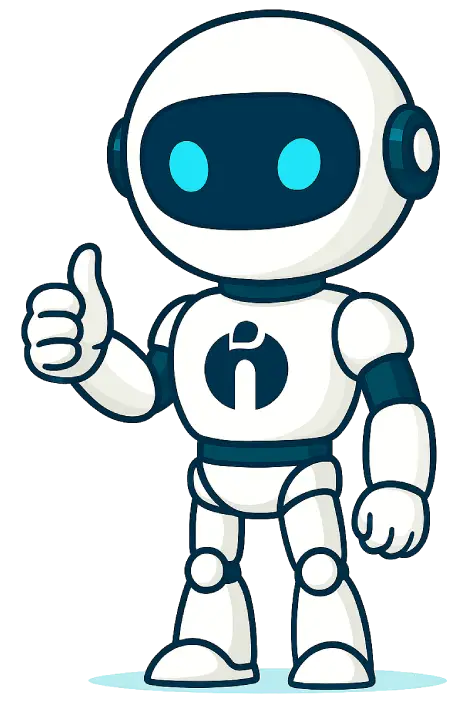



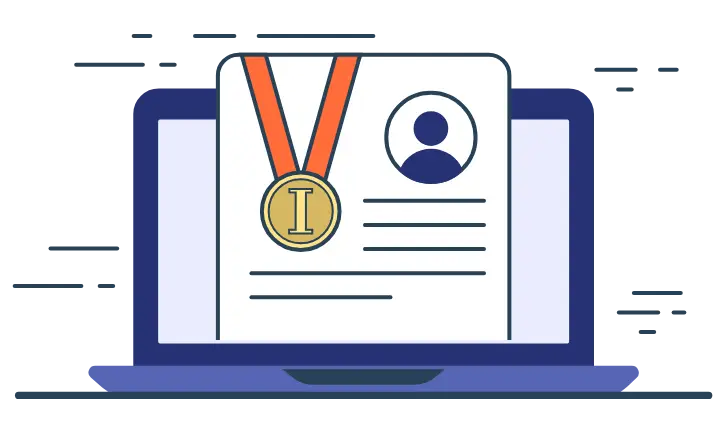


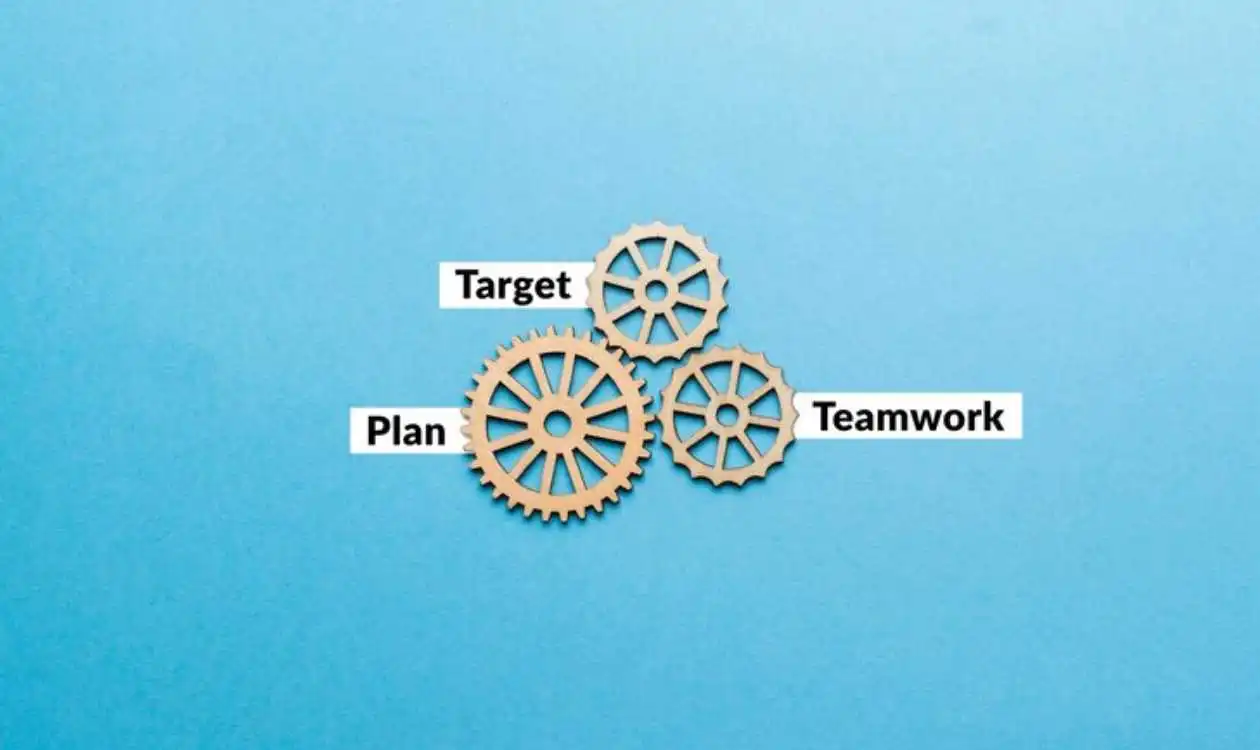
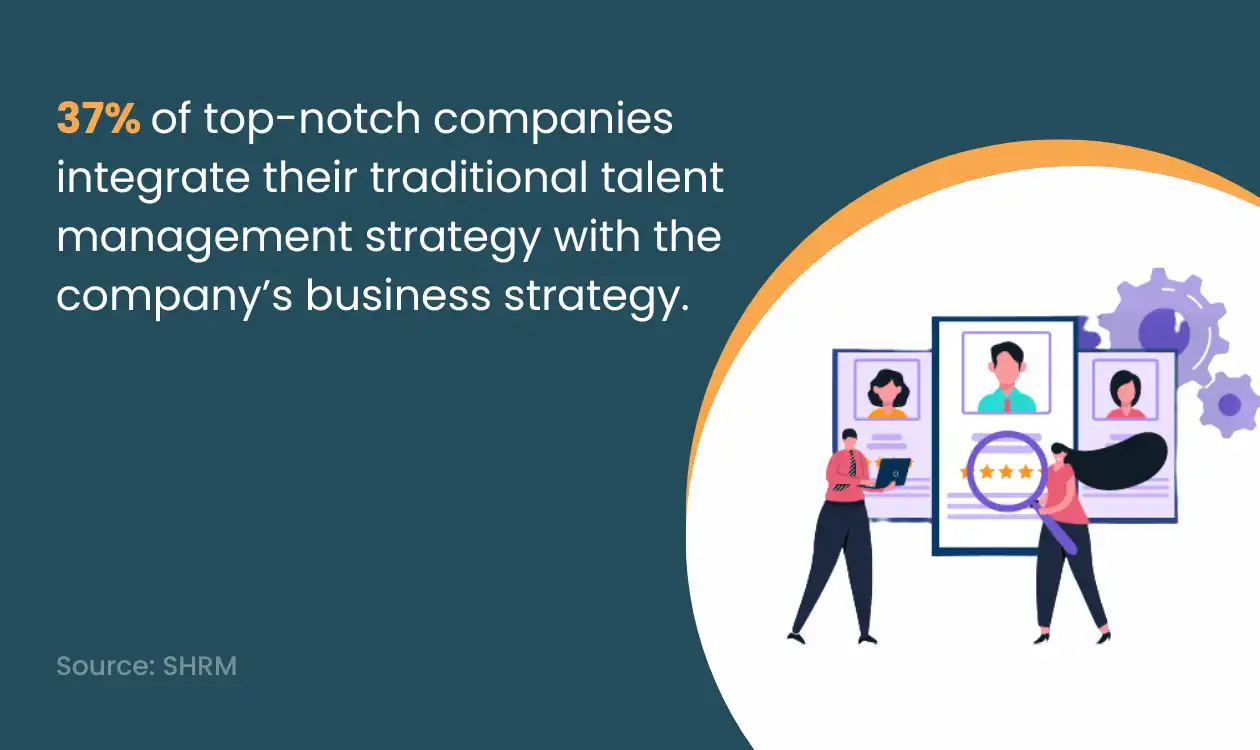
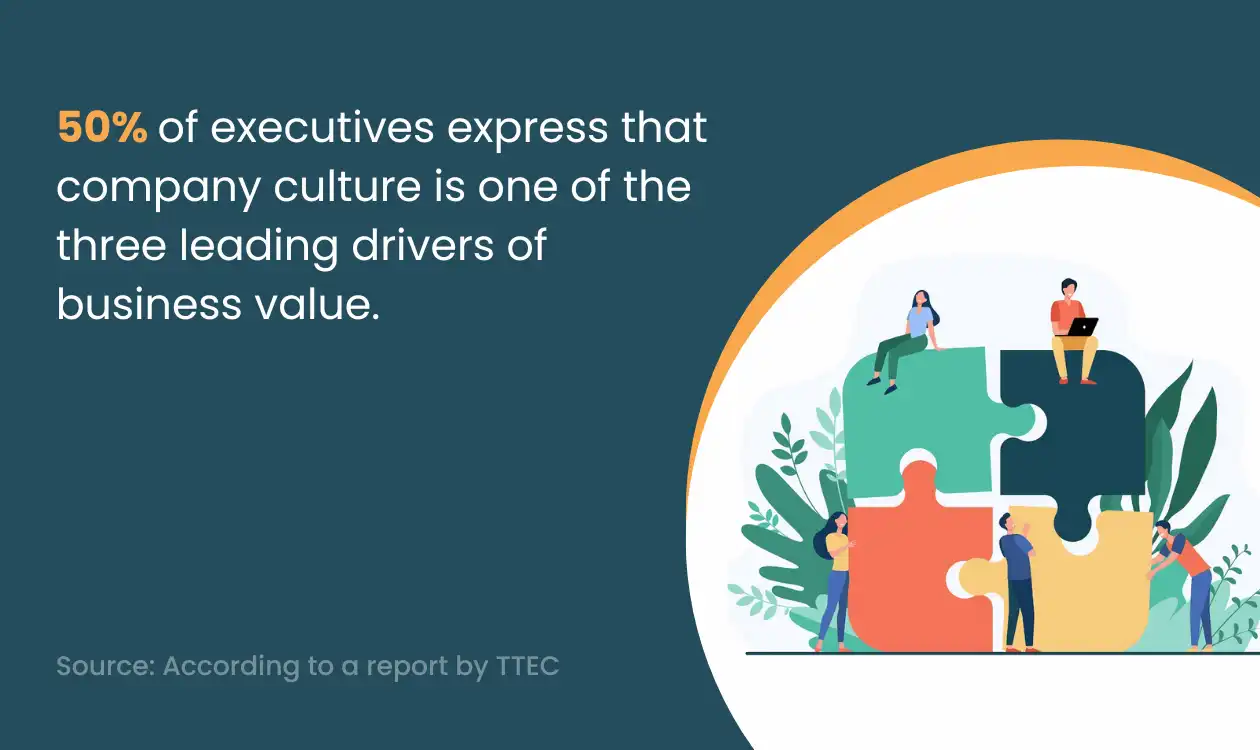

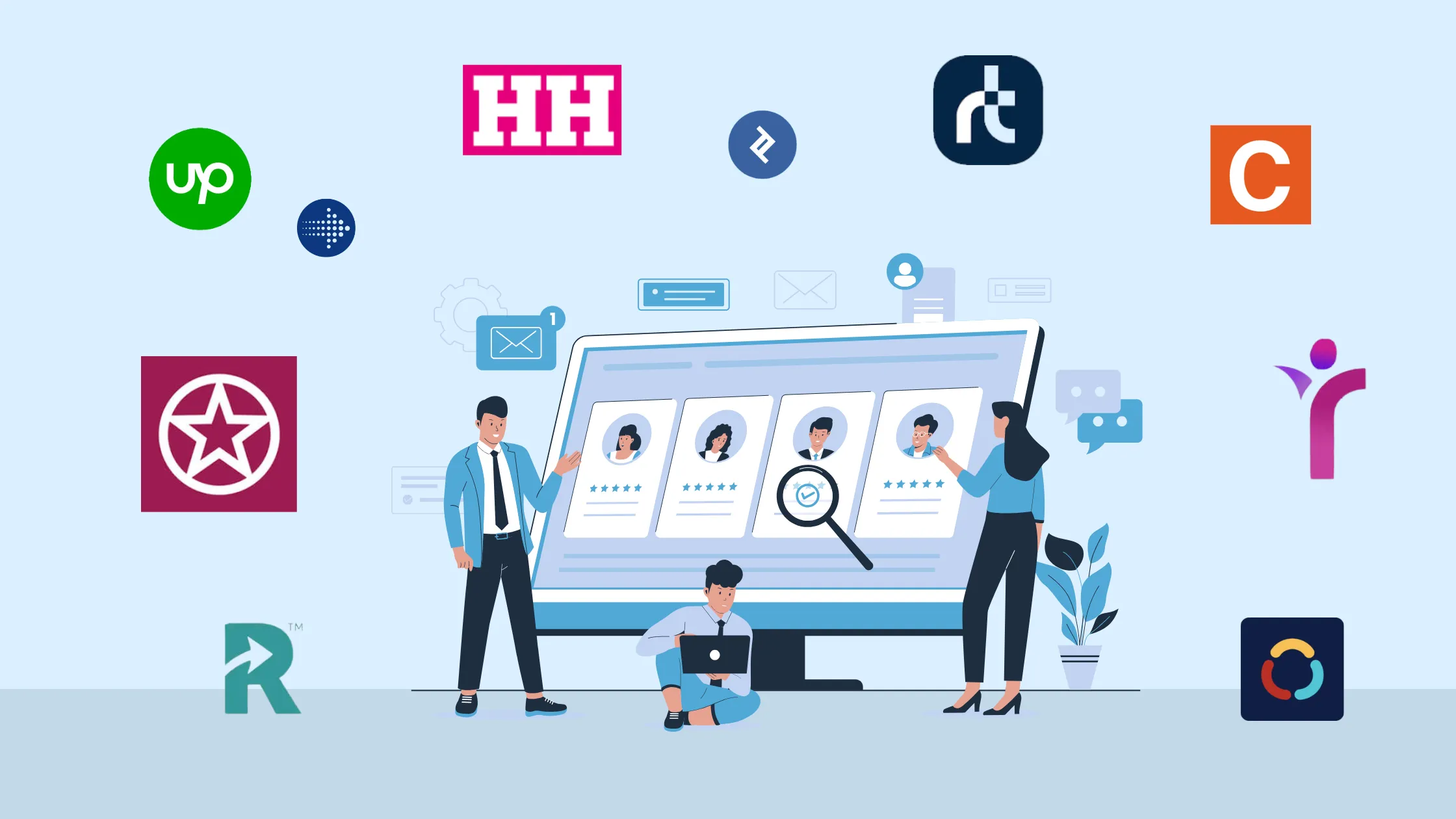

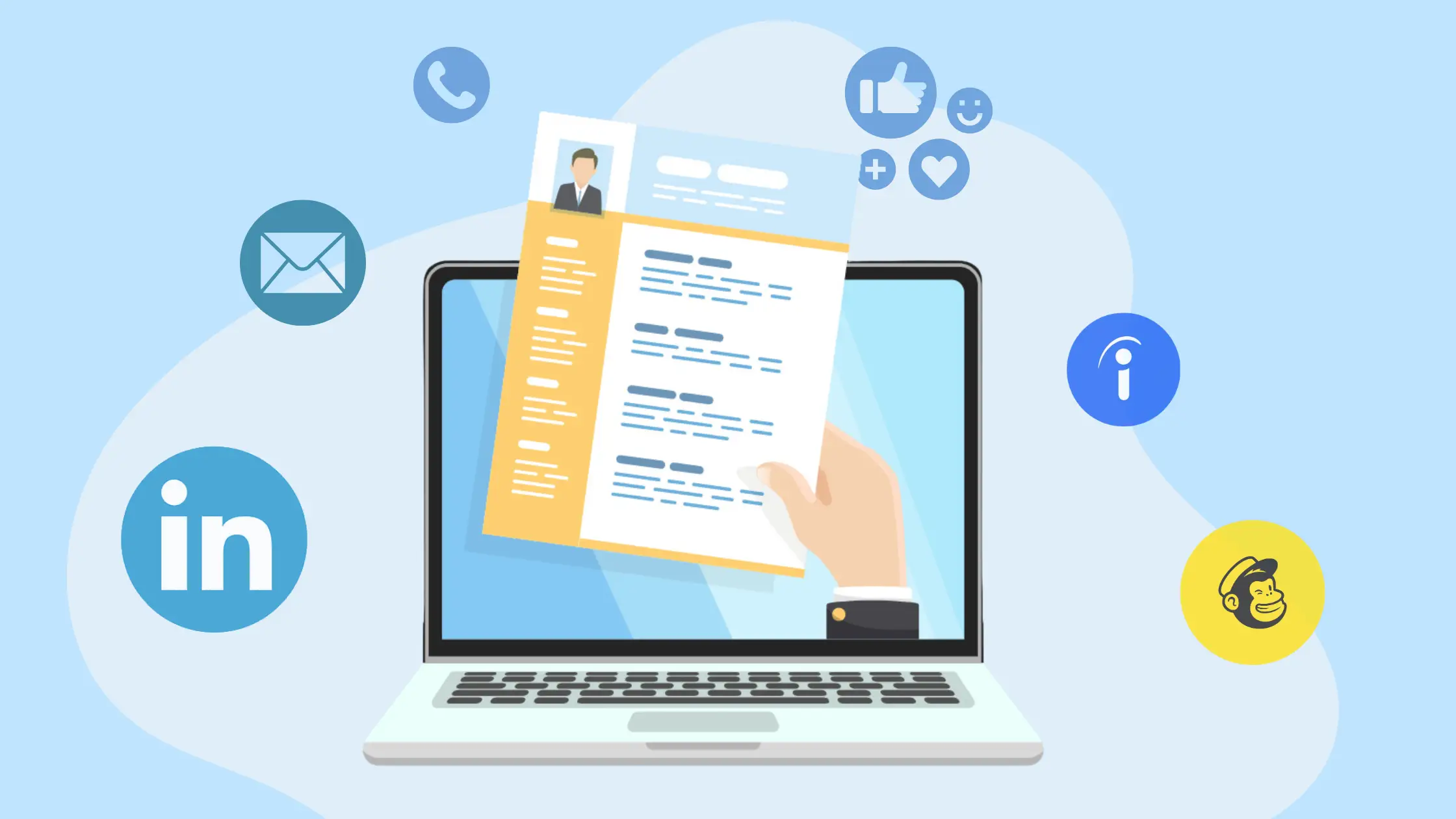
.webp)


